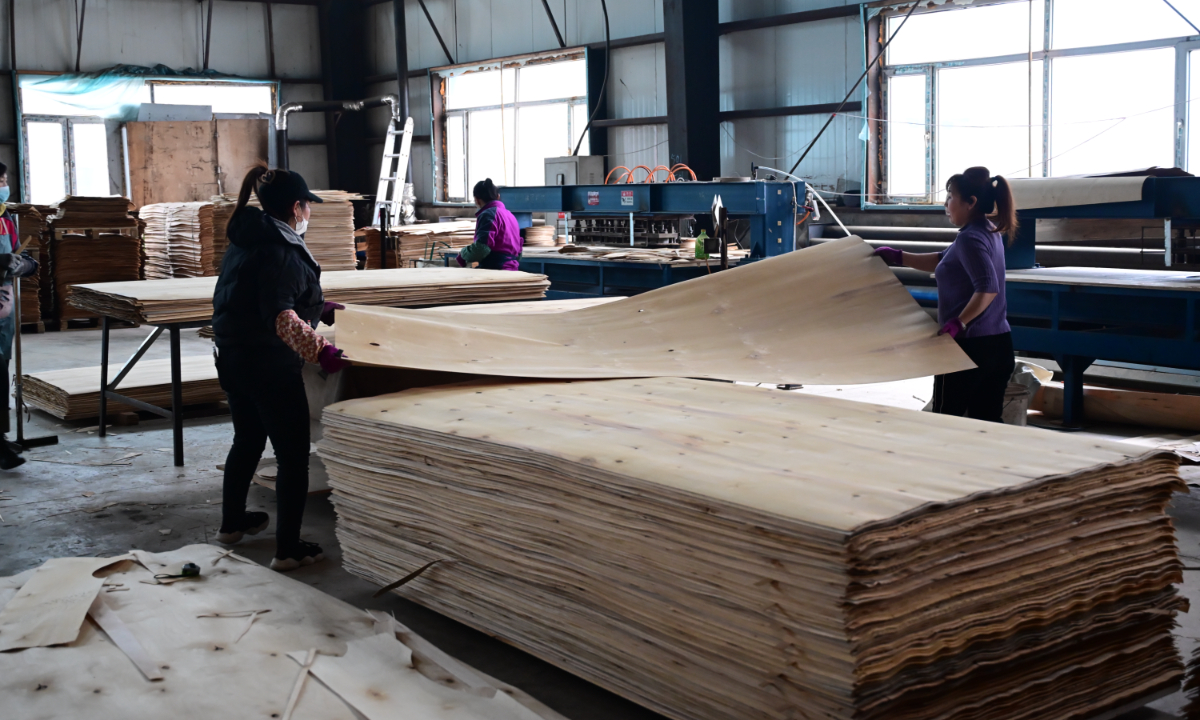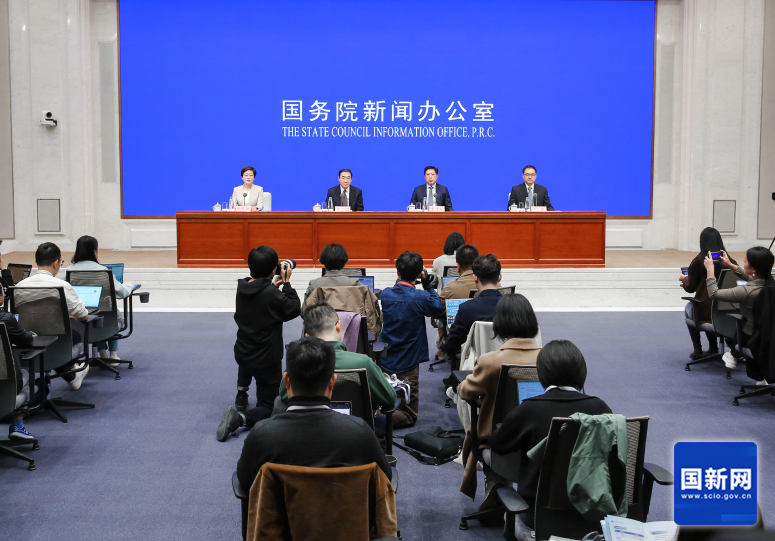Business thrives at the frontier
Incessant upgrades in infrastructure, manufacturing sophistication boost border trade at Heihe, northern Heilongjiang

The Heihe-Blagoveshchensk cross-border highway bridge File photo: VCG
As a major northern gateway, Heihe is a small city in Northeast China's Heilongjiang Province, bordering Russia.
Home to 1.23 million people, Heihe city perches along the Heilongjiang River, which separates it from Blagoveshchensk, the administrative center of Russia's Amur Oblast.
The Global Times recently paid a visit to the border city, and saw marked improvement in local trade infrastructure and emergence of new business models, which benefit the tapping of the immense economic complementarity between the two neighbors.
Leveraging its geographic location and resource advantages, Heihe has fostered a comprehensive economic growth pattern, covering tourism, agriculture, border trade and logistics, and import and export of bulk commodities such as crude oil, minerals, agricultural produce and timber.
Li Zhan, an official with the local commerce bureau, told the Global Times that compared to the early days of China's reform and opening-up, when a boatload of watermelons could be exchanged for a boatload of fertilizer, Heihe has witnessed enormous changes.
In the first nine months of 2024, Heihe city's foreign trade reached 24.88 billion yuan ($3.5 billion), a year-on-year increase of 12.7 percent, ranking fourth in the province, according to Li. During the period, Heihe's retail sale growth rate was also ranking the first in Heilongjiang, indicative of the city's strong growth potential.
Vibrant trade
Cheng Ruilin is the general manager of Heihe Shengyun International Logistics Co. From his office in Heihe, Cheng could take a direct view of Blagoveshchensk on the other side of the Heilongjiang River.
As the founder of one of the earliest freight forwarding companies in Heihe, Cheng has witnessed three decades of non-stop development in Heihe's foreign trade and infrastructure.
From importing automobiles, grain, and scrap steel around 2000, to exporting complete vehicles, foods, daily necessities, and construction machinery, the shift showcases China's remarkable achievement in industrial manufacturing, Cheng told the Global Times.
Cheng pointed out that improved infrastructure in Heihe is set to inject more momentum into the city's foreign trade growth.
The border city's winter season usually begins in early November and lasts until mid-April of the following year. Between December and February, temperatures there often drop to -20C or even lower, allowing for ice-based transportation.
During the winter, when the river freezes, Heihe has developed a unique method of cross-border transportation of goods through the ice floe bridge. This bridge can handle almost all types of goods, with 100 transport vehicles inbound and outbound crossing the border river daily.
The ice floe bridge usually opens in December and closes in April next year when the ice melts.
In this coming winter, Cheng projected that the ice floe bridge will open for the full season, boosting Heihe's border trade, coupled with the Heihe-Blagoveshchensk cross-border highway bridge.
"China and Russia have high economic complementarity, which brings opportunities for my company and other businessmen from across China," he said, adding that bustling border trade has supported more than 100 freight forwarding companies.
Cheng's company recorded over 13,000 orders in 2023. In the first nine months of 2024, the volume has reached 9,222, and Cheng is confident it will surpass last year's total at the year end

Workers move processed wood at workshop of Heilongjiang New Silk Road Forestry Products Co in Heihe on October 10, 2024. Photo: Tao Mingyang/GT
Business expansion
In May this year, a China-Europe freight train loaded with timber slowly entered the Heihe Area of China (Heilongjiang) Pilot Free Trade Zone, delivering thousands of cubic meters of wood to the processing workshops of Heilongjiang New Silk Road Forestry Products Co, according to a post on the website of Heihe city government.
It marks the establishment of model of two industrial parks in the two countries working in cooperation with the Tomsk-Heihe China-Europe timber train route now entering regular operation.
Yang Zhendong, deputy manager of the company which was set up almost simultaneously with the Pilot Free Trade Zone in Heihe, believed that the train route is a reflection of the continuous innovation and development of industries in the Heihe Pilot Free Trade Zone.
Leveraging the abundant forest resource of Russia's Amur Oblast, and the policy advantages of the Heihe Pilot Free Trade Zone, the daily processing capacity of the Heihe factory has reached 110 cubic meters, with orders scheduled until November, and the workshop is currently operating at full capacity, Yang said.
Surging domestic demand for various types of wood plank and efficient logistic network lay the foundation for business expansion of Yang's company.
"In addition to the current processing plant located in the Heihe Pilot Free Trade Zone, a new 159,000-square-meter site is scheduled to begin construction next year," he said, adding that the company has also established a raw material supply base with area of 18 hectares in Belogorsk, approximately 100 kilometers from Blagoveshchensk, to further ensure its supply chain.
Yang said that the current workshop's annual output could reach nearly 50,000 cubic meters, with plans to increase it to 80,000 cubic meters through equipment upgrades. Combined with the new factory scheduled to begin construction next year, the total annual output is projected to reach 200,000 cubic meters, Yang noted.




